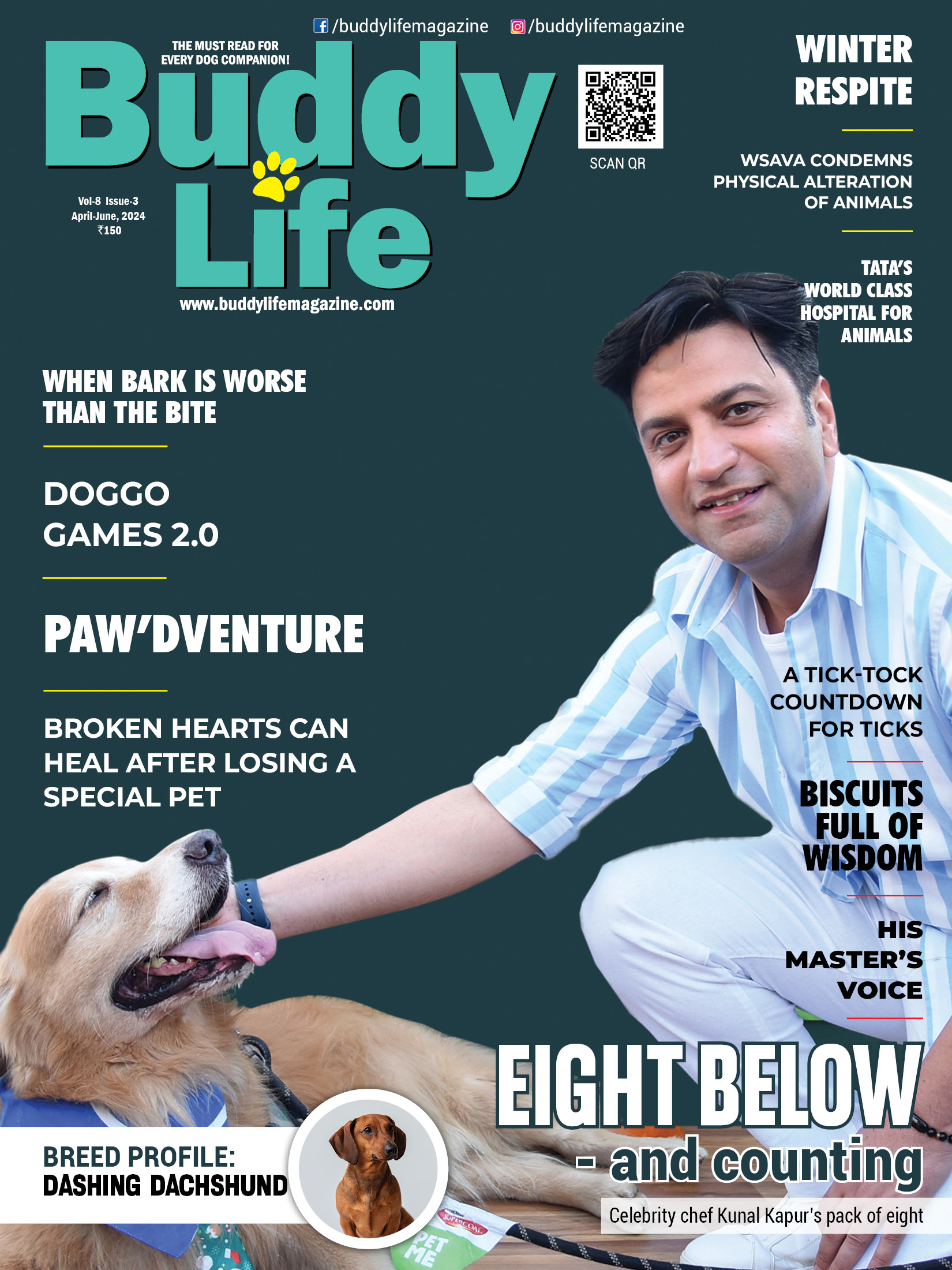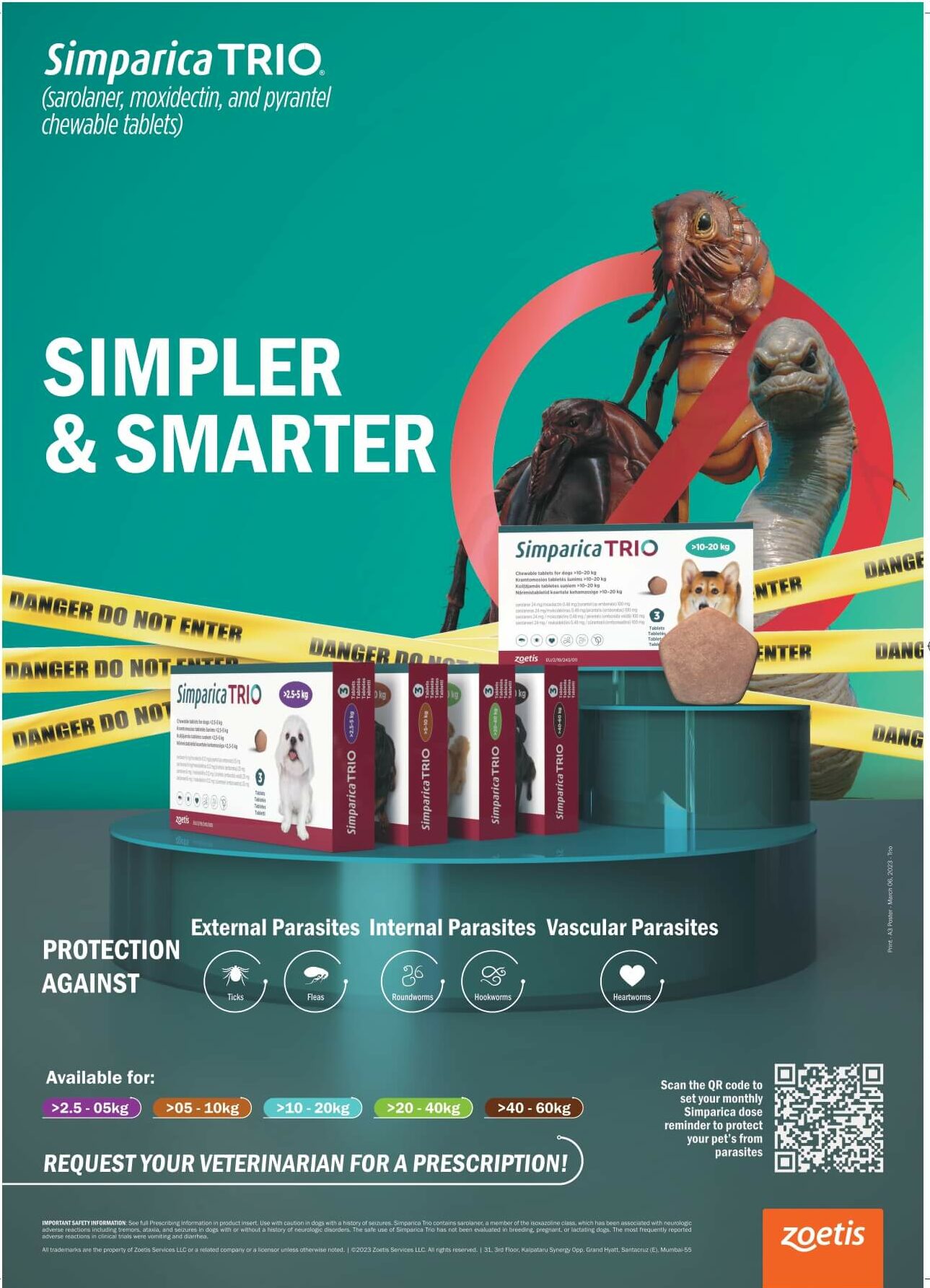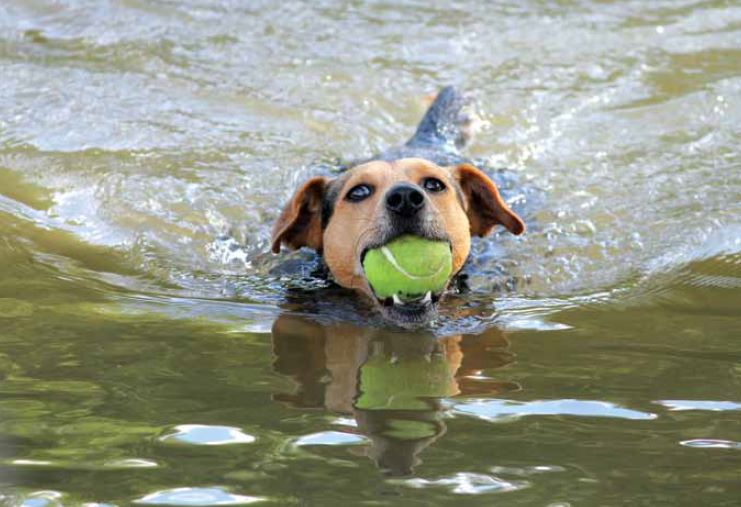
Scientists find strong evidence of what dogs are trying to say with gestures
London, November 2, 2019: A study has found “strong evidence” that dogs use gestures to communicate with humans. Researchers from the University of Salford carried out the study in an attempt to work out what dogs were saying – if anything– when they performed certain gestures and humans.
They concluded that there were in fact 19 different gestures that dogs used to communicate with us. Thirty-seven dog-owners were asked to film their pets’ everyday movements, and the footage was then analyzed by scientists. It may come of little surprise that the researchers found many of the dogs’ gestures are a way of asking for food. Here are the top dog demands and the gestures they’re most likely to use to tell you:
Scratch me:
-Rolling over
– Pressing nose (or face) against an object or human
– Licking an object or human once or repetitively
– Lifting a single front paw and resting it on an
object or human
– Opening the mouth and placing it over the arm of a
human while repeatedly and gently biting down on the arm
– Shuffling whole body along the ground in short movements, performed while in rollover position
– Lifting of a single back leg while lay on one side of the body
– Rubbing the head against an object or human on which the signaller is leaning
“Give me food/drink”
– Moving the head forwards and up to direct a human’s
appendage to a specific location on the body
-Holding one paw in mid-air whilst in a sitting position
-Turning the head from side to side on the horizontal axis
usually between a human and an apparent object of interest
– Standing on hind legs
– Throwing a toy forward with mouth
“Open the door”
– Lifting both paws off the ground and resting them
on an object or human
-Jumping up and down off the ground, human or
an object, usually while staying in one location
“Get my toy/bone”
-Lifting of a single front paw to briefly touch an
object or human
-Plunging headfirst underneath an object or human
-Placing a single paw or both paws underneath another
object to retrieve an object of apparent interest
-Moving entire or part of body underneath an object
or a human’s appendage
“This study provides strong evidence that pet dogs use referential gestures during everyday communicative bouts with humans,” the researchers said. “Gestures were performed in a referential way, with the attention of the receiver drawn to an item that was of apparent interest to the signaller. Furthermore, our results show that humans responded to these signals in ways that apparently satisfied the signaller.”
To read more, subscribe to Buddy Life!










 " >
" >
 " >
" >